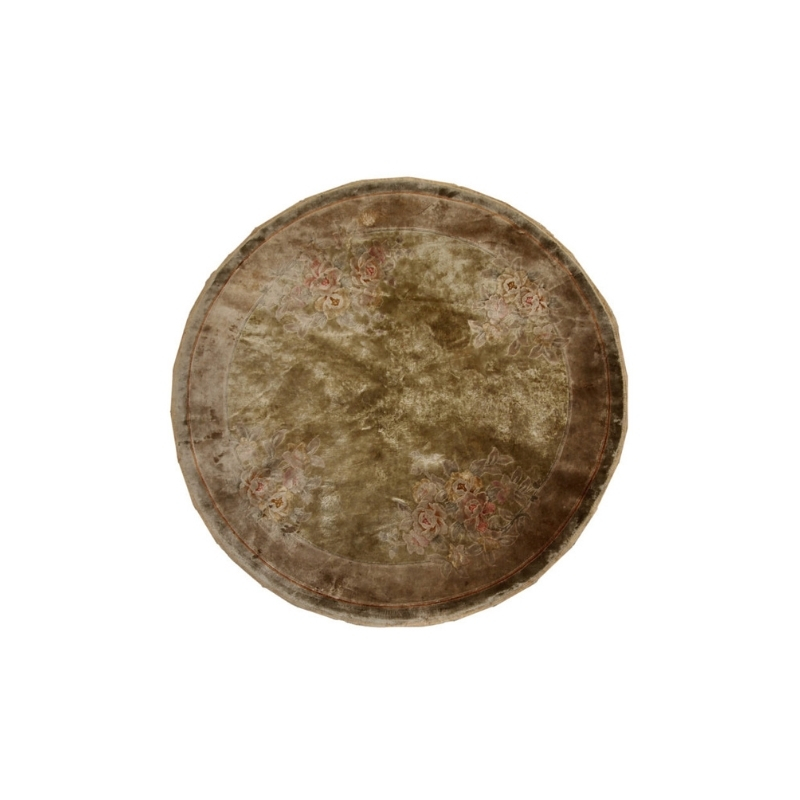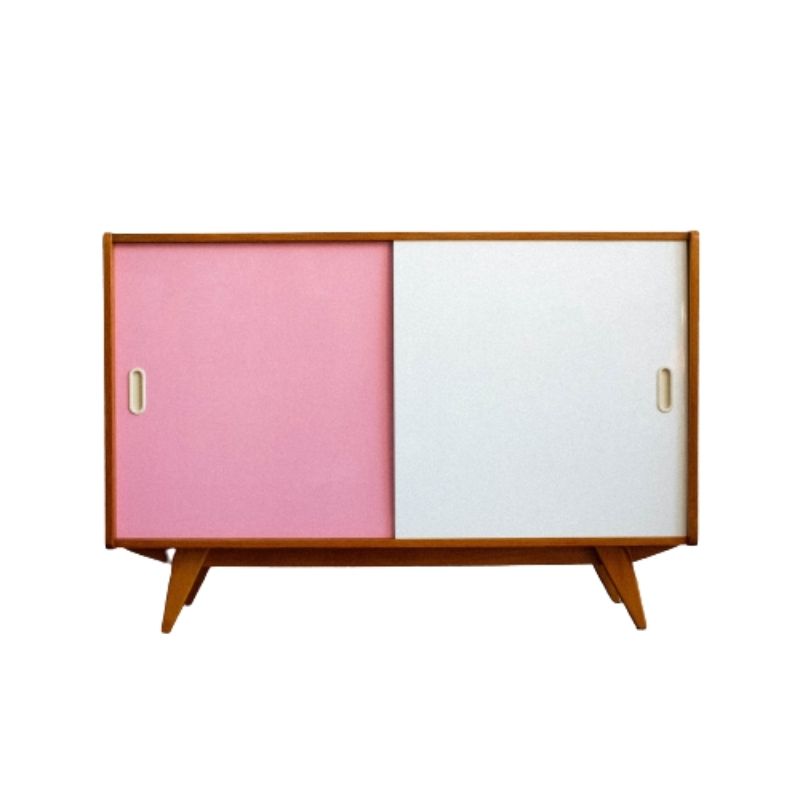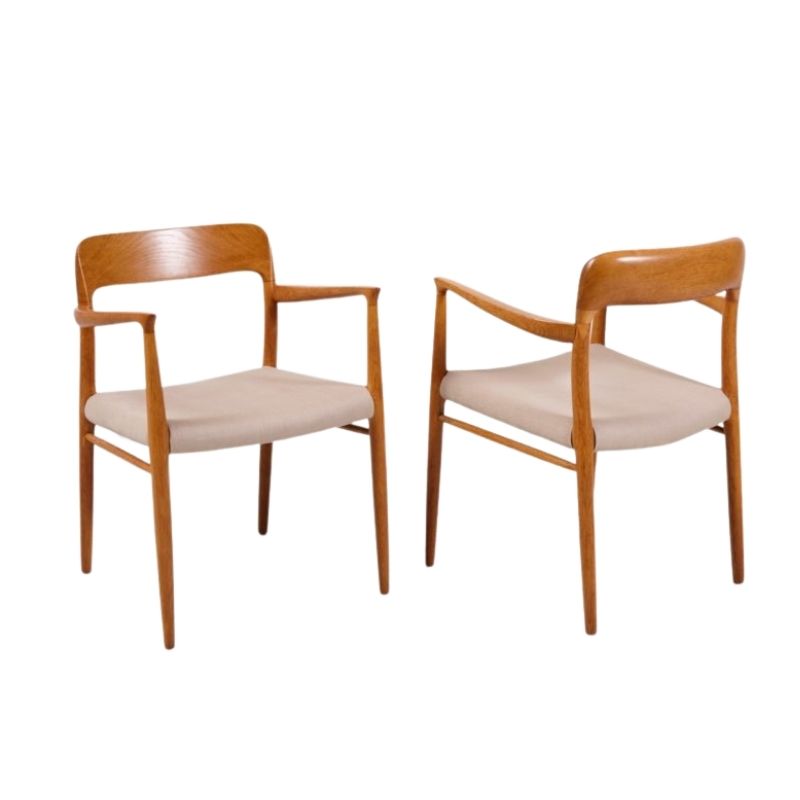A restaurant I help furnish has some open fruit-display crates, nicely made of cherry and maple, with dovetailed corners. These are placed at a slant on a rack above a food prep area, where they can be seen by customers, and also above the grille.
I was given the job to replace the crates, as they have seen some wear in 18 years of use. A film finish is still present, but chipped off in places, and the edges are dented. I chose to renew these rather than make new ones (the owner likes the dovetail joints, and I'm not that kind of joiner).
So I stripped the finish, took a 1/16th pass off the tops, sanded them and applied teak oil. Now I need to advise the crew on maintenance. The crates on the grille side become coated over time with grease, and need to be cleaned. I was astounded to be told that they have been put into a dishwasher, at least once. No wonder the biscuit joints holding the bottom slats began to give up !
What should I do for them ? I plan to get a wide putty knife to aid in scraping -- but what to soften the greasy deposit first ? Mineral spirits ? Some kind of oil soap ?
Perhaps this offers an opportunity to exercise your more creative skills, SDR.
While not an answer to your question, I guess I'd question the advisability of using wood in a modern commercial kitchen environment. I understand that it might add a certain je-ne-sais-quoi to the general aesthetic, since portions of the kitchen are visible to patrons, but the the cleaning regimens, harsh agents, and tight work schedules common to these operations would seem to discourage using wood.
How about a new set of containers made from a wood-tone composite material like those popular for outdoor applications? Assembled with SS fasteners, they could suffer hundreds of dishwasher cycles and come out none the worse.
I think it's a pretty impractical thing for the restaurant to have in that area, but it wouldn't be the most impractical thing ever done in a professional kitchen, I guess.
That said, I'd try Murphy's oil soap straight, first. I've used it to clean filthy teak chairs where the backs had that built-up black grime that comes from being handled for decades by unwashed hands. You know, where the grain is pretty much obscured completely. The oil soap by itself cuts through this without going through a gummy phase first. Once the soap has cut through the crud completely, rinse with water and dry immediately.
Teak oil is equally good at cutting greasy grime but health department code may have some regs about using stuff like that in a food prep area, I dunno. I mean, if the restaurant staff are the ones who will do it in the future, in the restaurant.
Ammonia is really, really good at dissolving grease but it would dry out the wood, I think.
I hoped for practical advice and whimsey, and got both, in spades. Thanks, folks !
One of the deck hands, there, said something about "yellow stuff" he saw at Costco. I imagine that's Murphy's -- which I've never used. So, that's the way I'll go, for the time being. Only citrus fruit and non-edibles go in these crates, so I think we're good on that front. Of course, a non-wood crate would be the practical route; my client seems to love the wood, so I'm stuck with that. Fur-lined Bubinga would be my personal preference, of course . . .
Thanks all !
If you need any help, please contact us at – info@designaddict.com









